
What Jewelry Doesn't Tarnish ?
When it comes to accessorizing, the longevity and appearance of our jewelry are as crucial as their design. No one likes the sight of their favorite pieces losing their sheen or getting tarnished over time.
This is why understanding which types of jewelry retain their color and luster without tarnishing is essential for both enthusiasts and casual wearers alike. In this article, we will explore several materials and types of jewelry known for their resilience against tarnish.
Furthermore, we'll introduce you to ATOLEA Jewelry, a brand that stands out for creating waterproof, color-lasting pieces that defy the common pitfalls of jewelry wear and tear.
6 Types of Jewelry That Won't Tarnish
1. Real Gold
Real gold jewelry is a classic choice not only for its timeless appeal but also for its resistance to tarnishing. Pure gold, or 24 karat gold, does not react with oxygen, which means it will not tarnish or rust over time. However, because pure gold is soft and not suitable for daily wear, it is often alloyed with other metals to enhance its durability. It's worth noting that lower karat gold, while more durable, may tarnish slightly due to the higher percentage of other metals in the alloy. Despite this, gold jewelry remains a popular choice for those looking for a long-lasting, lustrous option.
2. Stainless Steel
Stainless steel jewelry is renowned for its strength and resistance to tarnishing and corrosion. This material is an alloy of iron, carbon, and chromium, with the chromium creating an invisible layer that prevents oxygen from rusting or tarnishing the metal. Stainless steel is an excellent choice for everyday jewelry due to its durability and affordability. It's particularly popular for items that are subject to frequent wear and contact with the skin, such as rings and bracelets.
3. PVD Gold Plated Jewelry
PVD (Physical Vapor Deposition) gold-plated jewelry offers the best of both worlds: the luxurious look of real gold and the durability and tarnish resistance of a high-tech coating process. ATOLEA Jewelry, for example, specializes in creating waterproof, PVD gold-plated stainless steel jewelry that maintains its color and shine over time, even with regular exposure to water.
This innovative technique involves the deposition of a thin layer of gold onto the surface of stainless steel, resulting in a finish that is more resistant to corrosion, tarnishing, and fading.
You can wear our ATOLEA waterproof jewelry in the ocean, at the gym, in the shower, they will never tarnish.
4. Platinum Jewelry
Platinum is a rare, silver-white metal known for its hefty feel and extraordinary durability. It is highly resistant to tarnishing and corrosion, making it an ideal choice for fine jewelry that lasts a lifetime. Platinum's natural white luster perfectly complements diamonds and other gemstones, ensuring that your jewelry remains as radiant as the day you bought it. While platinum jewelry comes with a higher price tag, its longevity and timeless elegance make it a worthwhile investment.
5. Ceramic Jewelry
Ceramic jewelry is a modern and versatile option that is resistant to scratching, heat, and tarnishing. Made from titanium carbide, ceramic jewelry is lightweight yet exceptionally durable. It retains its finish and color over time, making it a popular choice for those seeking an alternative to traditional metal jewelry. Ceramic pieces come in a variety of colors and styles, offering something unique for every taste.
6. Palladium Jewelry
Palladium, a member of the platinum group of metals, shares many of the same characteristics as platinum, including its white luster and resistance to tarnish. It is lighter and less expensive than platinum, making it an attractive option for those seeking the look and durability of platinum without the higher cost. Palladium jewelry is perfect for those with sensitive skin, as it is naturally hypoallergenic.
What to Do with Jewelry That’s Already Tarnished
Jewelry holds more than just monetary value; it often carries personal stories, memories, and sentiments. However, over time, even the most cherished pieces can succumb to tarnish, losing their original luster and beauty. Tarnish, a chemical reaction between metal and sulfur-containing substances in the air, results in a dull and sometimes black coating.
This doesn't mean the end of your beloved items; with proper care, you can restore their sparkle or find new ways to appreciate them. Let's explore how to revive and repurpose tarnished jewelry, breathing new life into your precious pieces.

Understanding and Cleaning Tarnished Jewelry
Identifying the Metal: The first step in dealing with tarnished jewelry is identifying the metal. Silver, copper, and brass are prone to tarnish, while gold and platinum are more resistant. The cleaning method depends on the type of metal, as some substances can damage certain metals.
DIY Cleaning Methods: For a gentle clean, mix warm water with mild dish soap, and use a soft brush to remove surface tarnish. Baking soda and water paste is particularly effective for silver; apply it with a soft cloth, gently rub, then rinse and dry. For gold, a solution of warm water and a few drops of ammonia can help restore shine. Always perform a spot test before cleaning the entire piece.
Professional Cleaning: If the jewelry is heavily tarnished or contains delicate gemstones, consider professional cleaning. Jewelers use ultrasonic cleaners and specific chemical solutions that safely remove tarnish without damaging the jewelry.
Polishing: Regular polishing with a soft cloth can prevent tarnish from building up. Be gentle to avoid scratching the jewelry
If a piece is too tarnished to restore to its original state, or you're just looking for a new way to enjoy it, consider repurposing:
New Jewelry Pieces: Use elements from tarnished jewelry to create something new. An old silver pendant can become the centerpiece of a bracelet, or earrings can be transformed into decorative pins.
Home Decor: Tarnished jewelry can add a vintage flair to your home decor. Use it to embellish photo frames, candle holders, or create a unique piece of wall art. The patina of tarnish can add depth and character to these items.
Art Projects: For the creatively inclined, tarnished jewelry can become part of a mixed-media art project. Incorporate pieces into sculptures, collages, or even fashion items like embellished purses or scarves.
Why Choose ATOLEA Jewelry? Our Jewelry Will Never Tarnish
At ATOLEA Jewelry, we understand the importance of creating pieces that stand the test of time. Our waterproof, stainless steel PVD gold-plated jewelry is designed with both style and durability in mind.
Whether you're diving into the ocean or simply stepping out for the day, our pieces promise to maintain their color and shine, ensuring that your jewelry remains as beautiful as your moments.
Conclusion About The Different Jewelry That Won't Tarnish
In the search for jewelry that stands the test of time, the materials discussed here emerge as the top contenders for their ability to resist tarnishing. From the timeless elegance of real gold and platinum to the modern appeal of ceramic and the innovative technology behind PVD gold plating, these options offer something for everyone.
Each material has unique qualities that cater to different preferences and lifestyles, ensuring that your cherished pieces remain as luminous as your memories.
At ATOLEA Jewelry, we pride ourselves on crafting tarnish-free jewelry that complements your life's every moment. Our commitment to quality and durability means you can find pieces that not only enhance your style but also withstand the rigors of daily wear.
With ATOLEA, you're choosing jewelry that you can wear 24/7, confident in its enduring beauty and resilience. Whether you're diving into the sea or stepping into a new adventure on land, our jewelry is designed to be by your side, as impeccable and radiant as the day you first put it on.
Jewelry Types That Doesn’t Tarnish FAQs
Q: Can jewelry be completely tarnish-proof?
A: While no jewelry is entirely tarnish-proof, materials like stainless steel, platinum, and PVD gold-plated stainless steel offer the best resistance against tarnishing.
Q: How can I prevent my jewelry from tarnishing?
A: Keeping your jewelry dry, storing it properly, and cleaning it regularly can help prevent tarnish. Opting for tarnish-resistant materials like those mentioned in this article is also a wise choice.
Q: Is PVD gold-plated jewelry better than traditional gold-plated jewelry?
A: Yes, PVD gold-plated jewelry tends to be more durable and resistant to wear and tarnishing than traditional gold-plated options, making it an excellent choice for everyday wear.






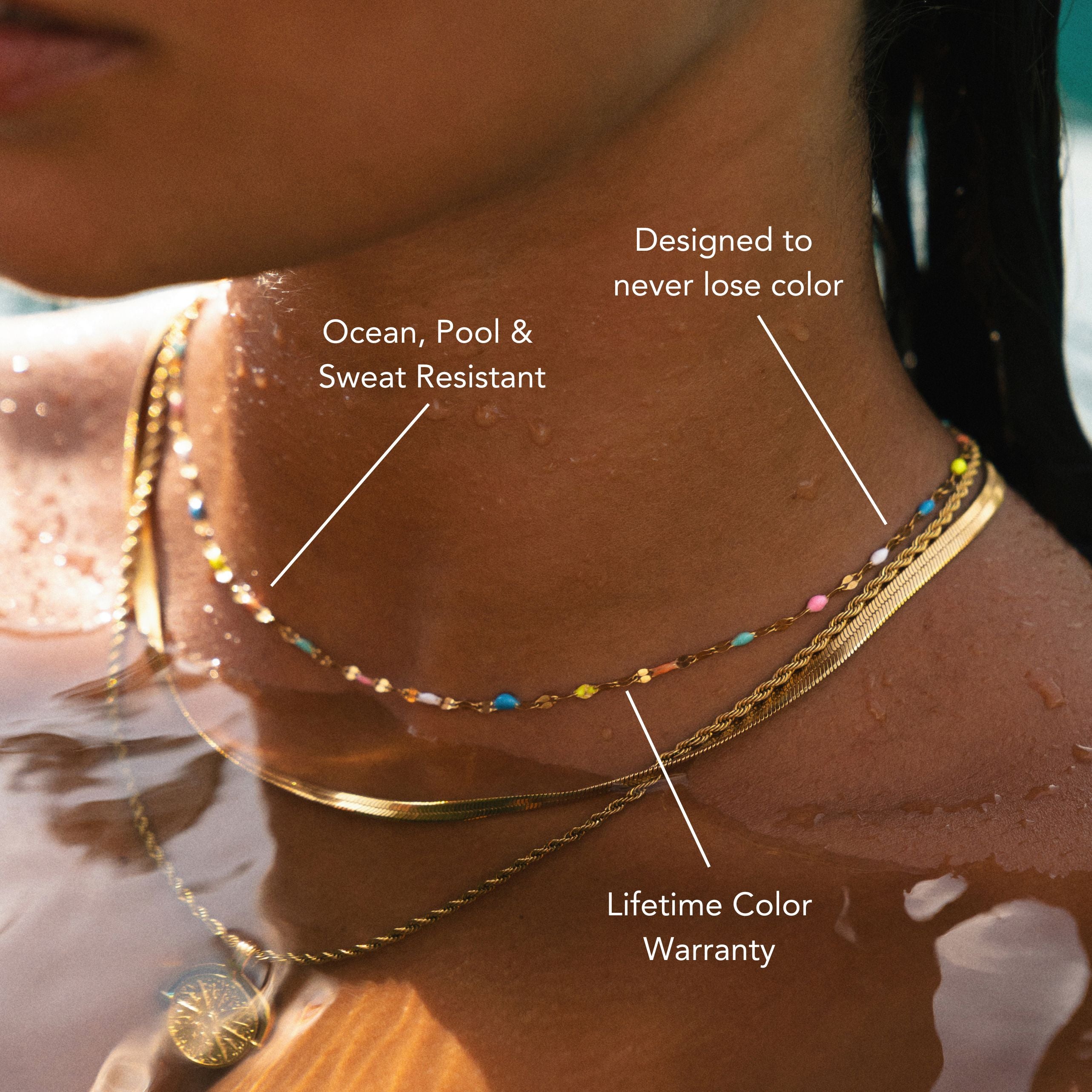
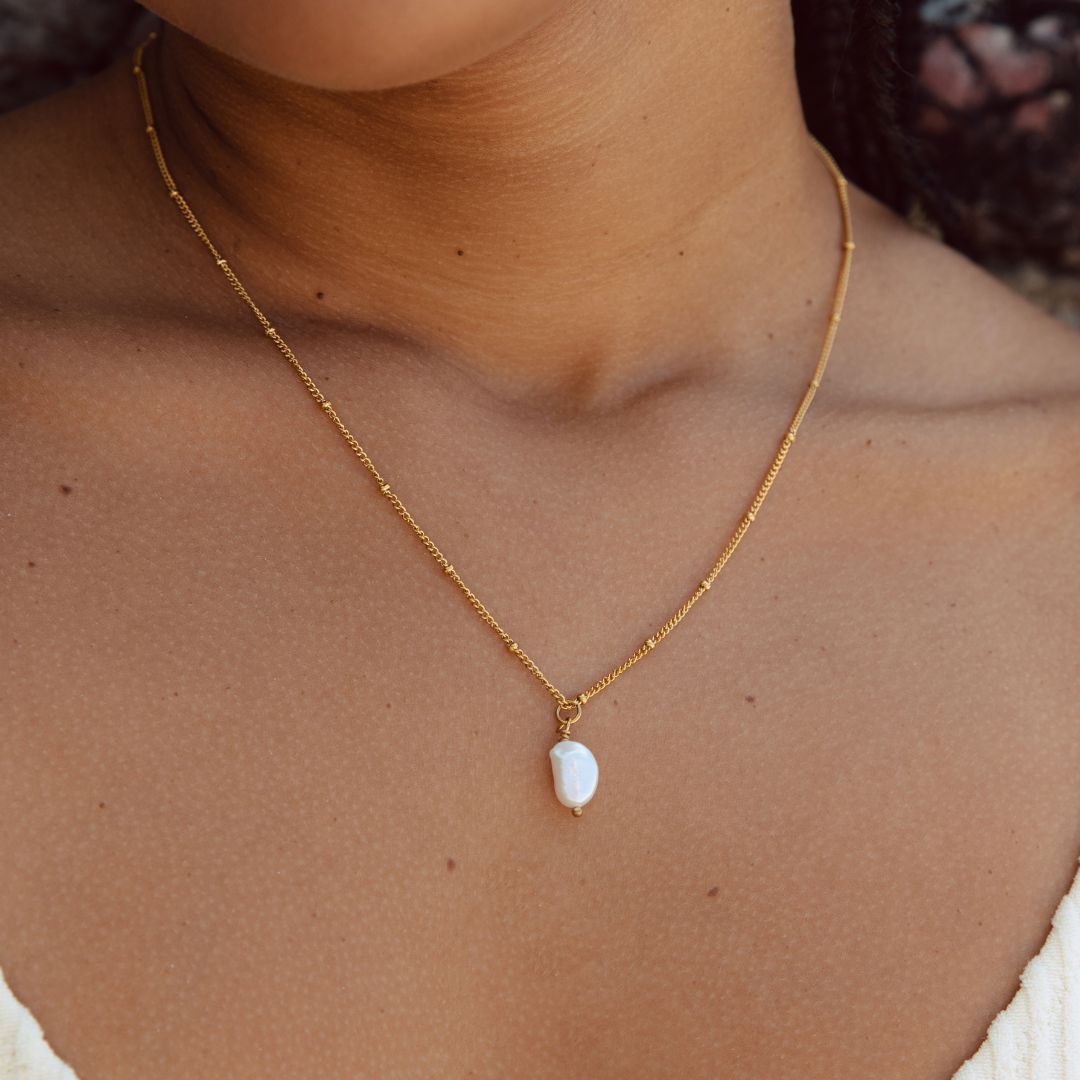

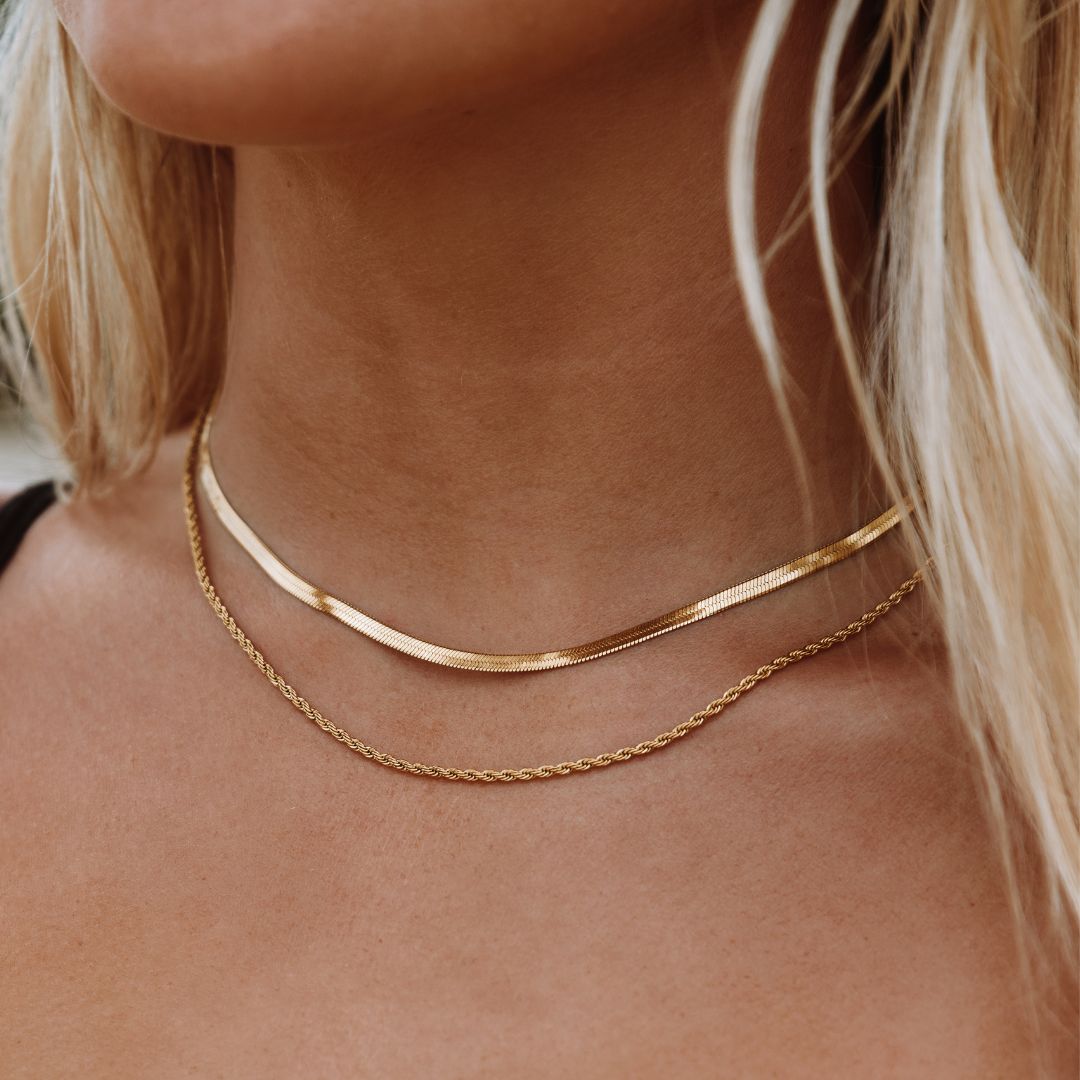





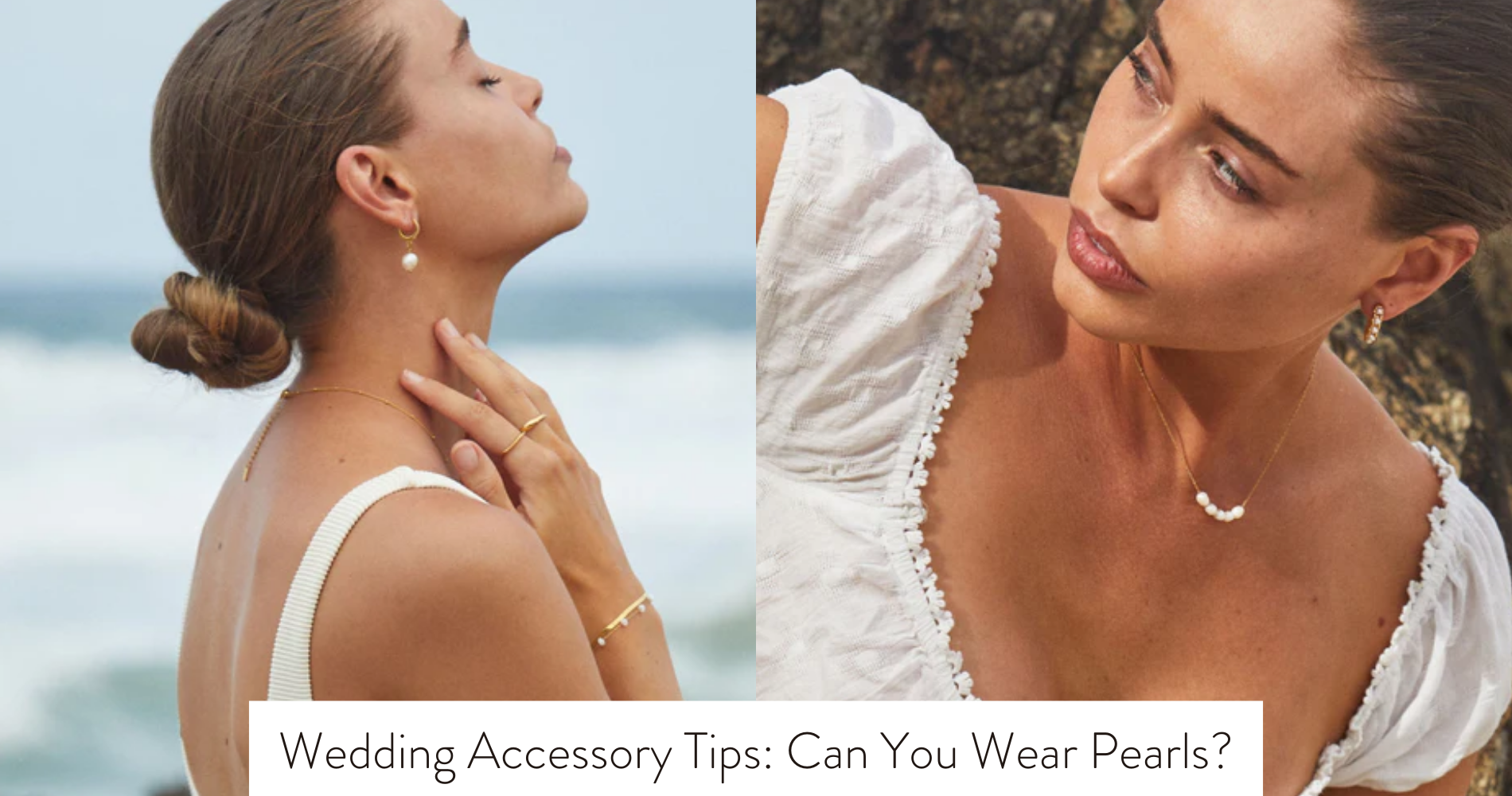
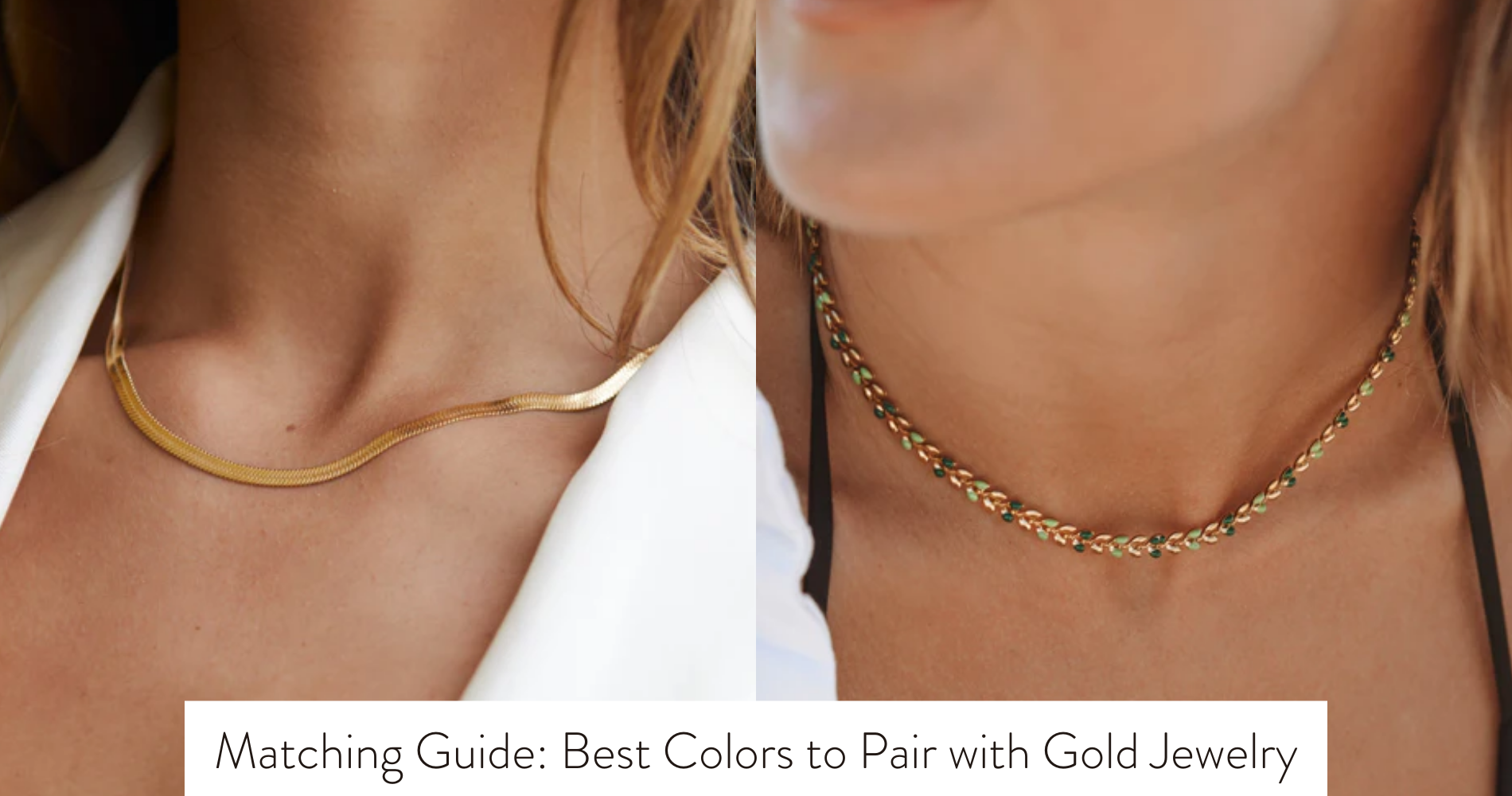




Leave a comment
This site is protected by hCaptcha and the hCaptcha Privacy Policy and Terms of Service apply.